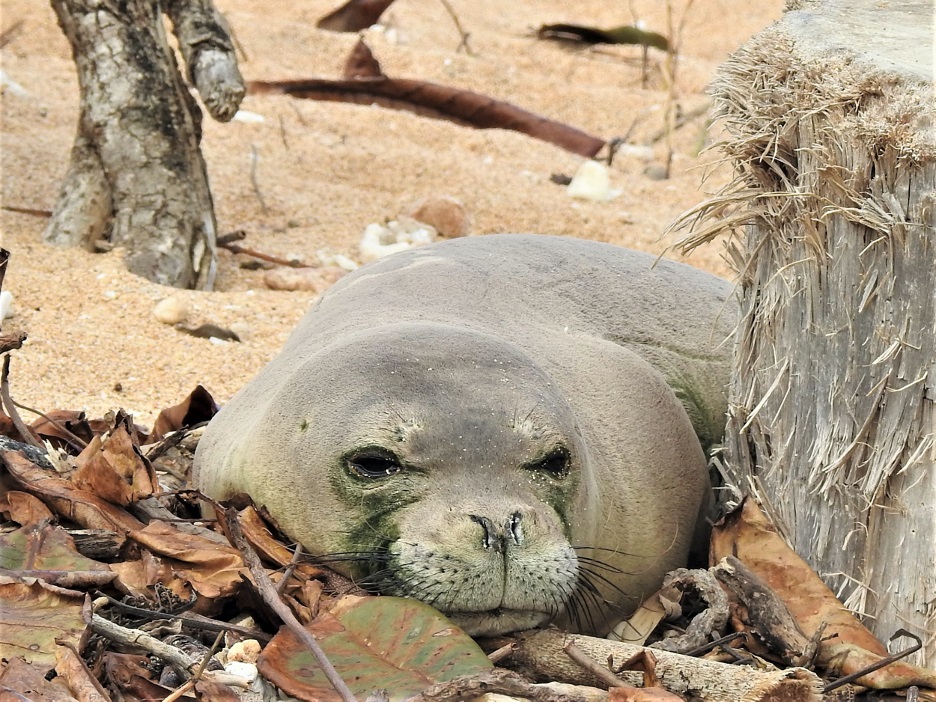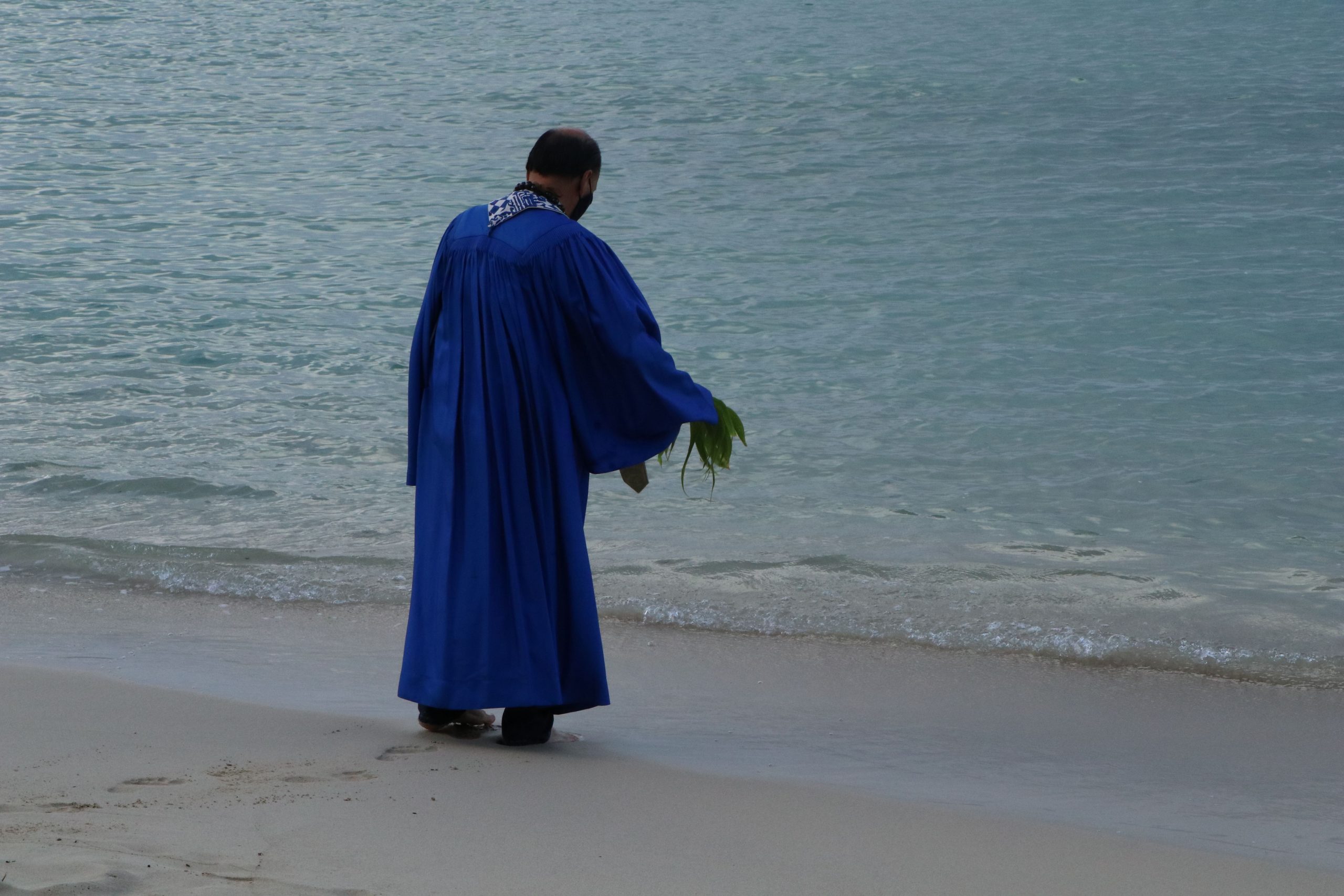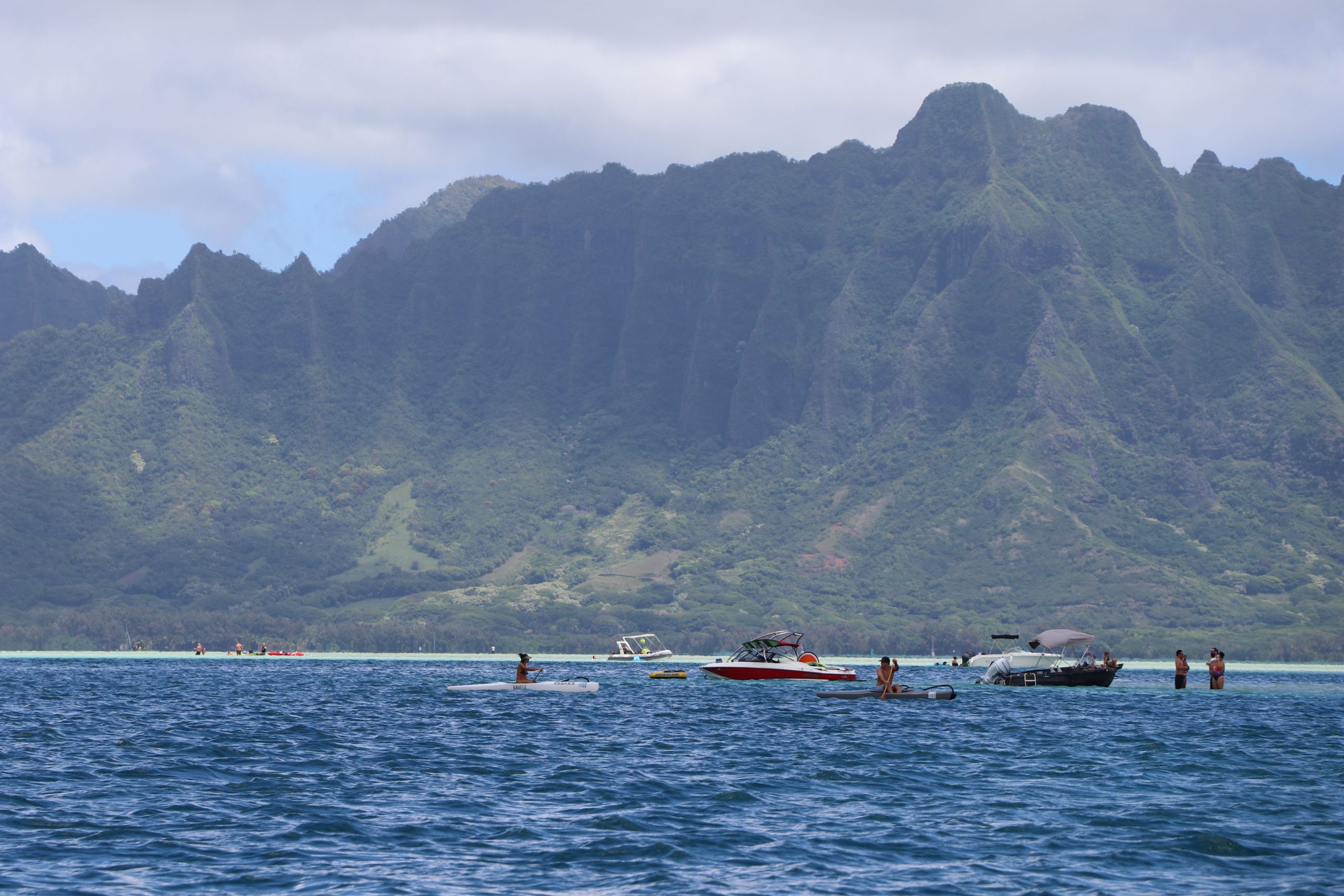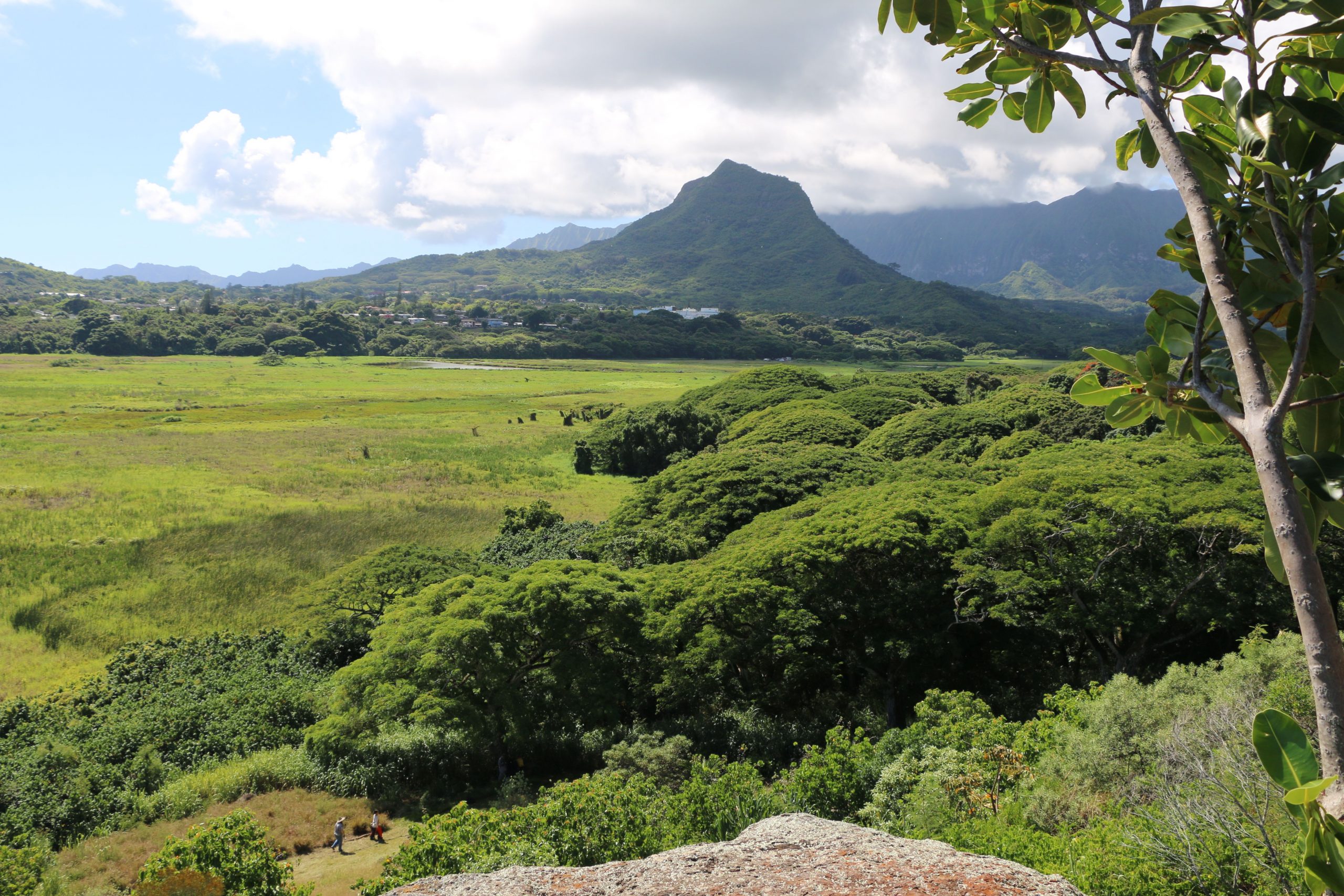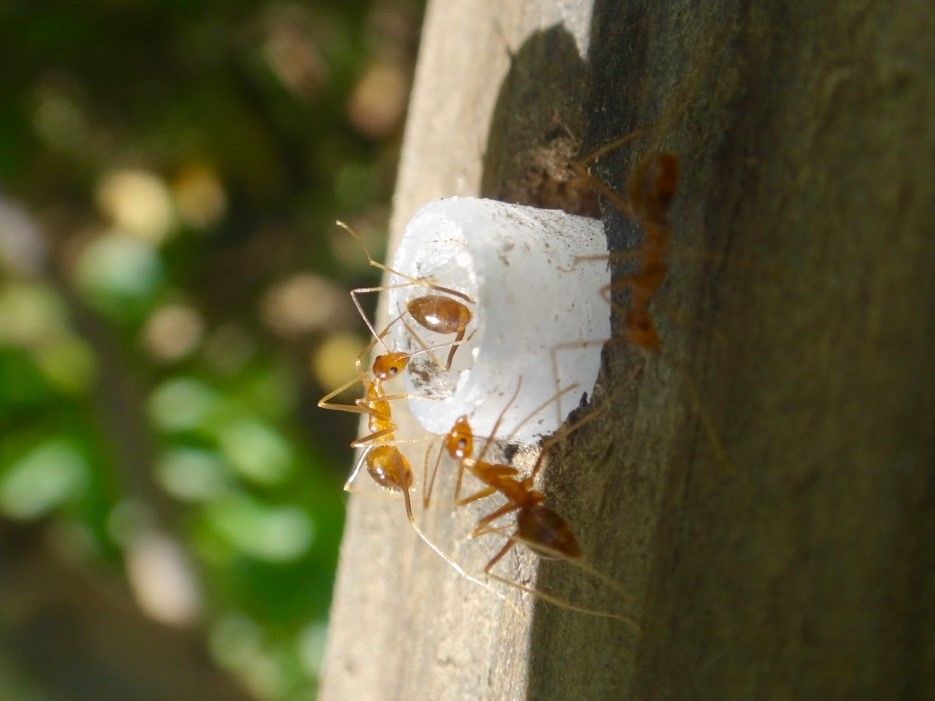(HONOLULU) – It’s believed drowning is the likely cause of death of at least two of three Hawaiian monk seals found dead on Kaua‘i last September, November, and December. Constraints caused by the COVID-19 pandemic delayed completion of post-mortem examinations.
Main
(Kahului) - The DLNR Division of Aquatic Resources (DAR) and the DLNR Division of Conservation and Resources Enforcement (DOCARE) are investigating an unusual shark encounter this afternoon.
Today, the State’s first wetland restoration project on Kaua‘i, the Kawai‘ele Waterbird Sanctuary is about to expand. You can’t canoe, cross-country, these days, but the addition of 100 acres of wetland will provide additional habitat for native Hawaiian birds and as Jason Vercelli of the DLNR Division of Forestry and Wildlife (DOFAW) put it, “If you can protect, restore, and re-create wetland areas, you’ll end up with a big sponge.”
(HONOLULU) – Nearing the top of the popular Hawai‘iloa Ridge Trail in East O‘ahu look to your right and take in Pia Valley. This 300-acre parcel of rainforest in the southern Ko‘olau mountains will now be protected forever, thanks to a generous donation.
(HONOLULU) – The multi-million dollar effort to restore sand to Waikīkī Beach has begun. This morning Kahu Kordell Kekoa joined project principals for a traditional Hawaiian blessing. Mobilization of heavy equipment began last week and soon hydraulic dredging and pumping of as much as 20,000 cubic yards of marine sand about a ½ mile offshore begins. The Waikīkī Beach Maintenance Project is intended to restore and maintain the beach between the Kūhiō Beach Ewa Groin and the Royal Hawaiian Beach areas.
(HONOLULU) – O‘ahu’s iconic Kāne‘ohe Bay is Hawai‘i’s largest sheltered body of water and only one of two bays in the state with barrier reefs. It is a significant scenic and recreational location that sees plenty of activity from boaters, fishers, kayakers, and snorkelers.
(HONOLULU) –Invasive species have devastating effects on Hawaiʻi’s agriculture, food self-sufficiency, freshwater quality and quantity, human health, and on the health of native species and ecosystems. February 1st marks the start of Hawaiʻi Invasive Species Awareness Month.
(HONOLULU) – Wetland birds on Oʻahu have good reason to be celebrating World Wetlands Day on Tuesday, as wetland habitat at Kawainui marsh on O‘ahuwill soon be improved through a new restoration project.
(Hilo) – The palila, an endangered, native Hawaiian forest bird, is receiving assistance next month from the DLNR Division of Forestry and Wildlife (DOFAW). DOFAW will conduct trapping of mouflon/feral sheep hybrids, and staff hunting and/or aerial shooting from helicopters for feral goats, feral sheep, mouflon and mouflon/feral sheep hybrids within palila critical habitat in the Mauna Kea Forest Reserve (Unit A), Mauna Kea Ice Age Natural Area Reserve (Unit K), Palila Mitigation Lands, and the Kaʻohe Game Management Area (Unit G) on the island of Hawaiʻi.
(Honolulu) – Researchers with the DLNR Division of Forestry and Wildlife (DOFAW) and the U.S. Fish and Wildlife Service’s Pacific Islands Coastal Program (USFWS) have discovered the endangered Hawaiian yellow-faced bee, (Hylaeus anthracinus) is being threatened by invasive ants. These findings are the subject of a new paper being published in the open-access journal, NeoBiota.
